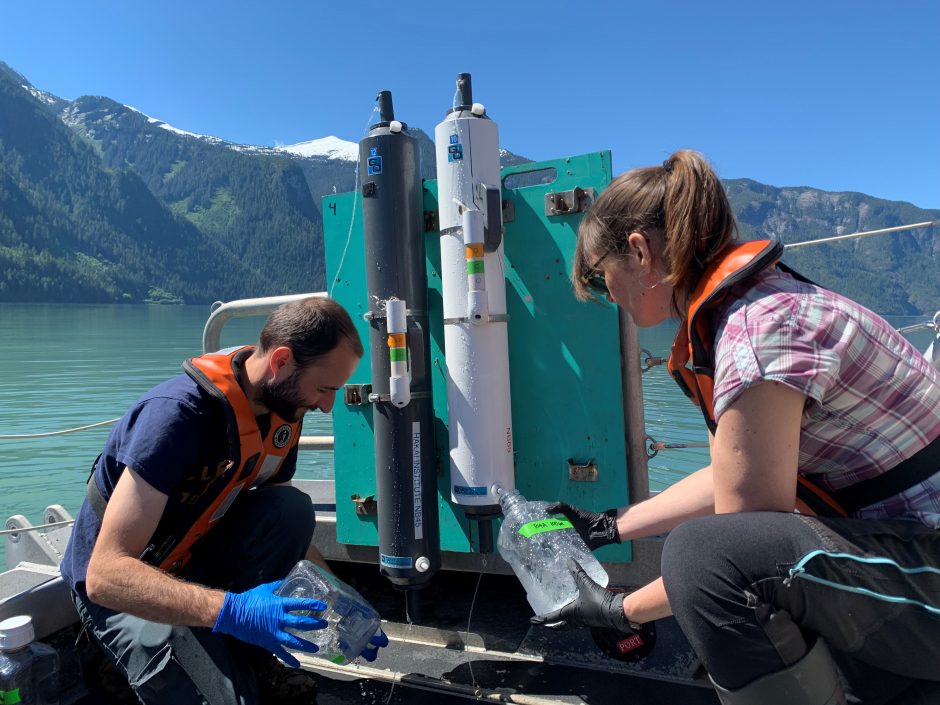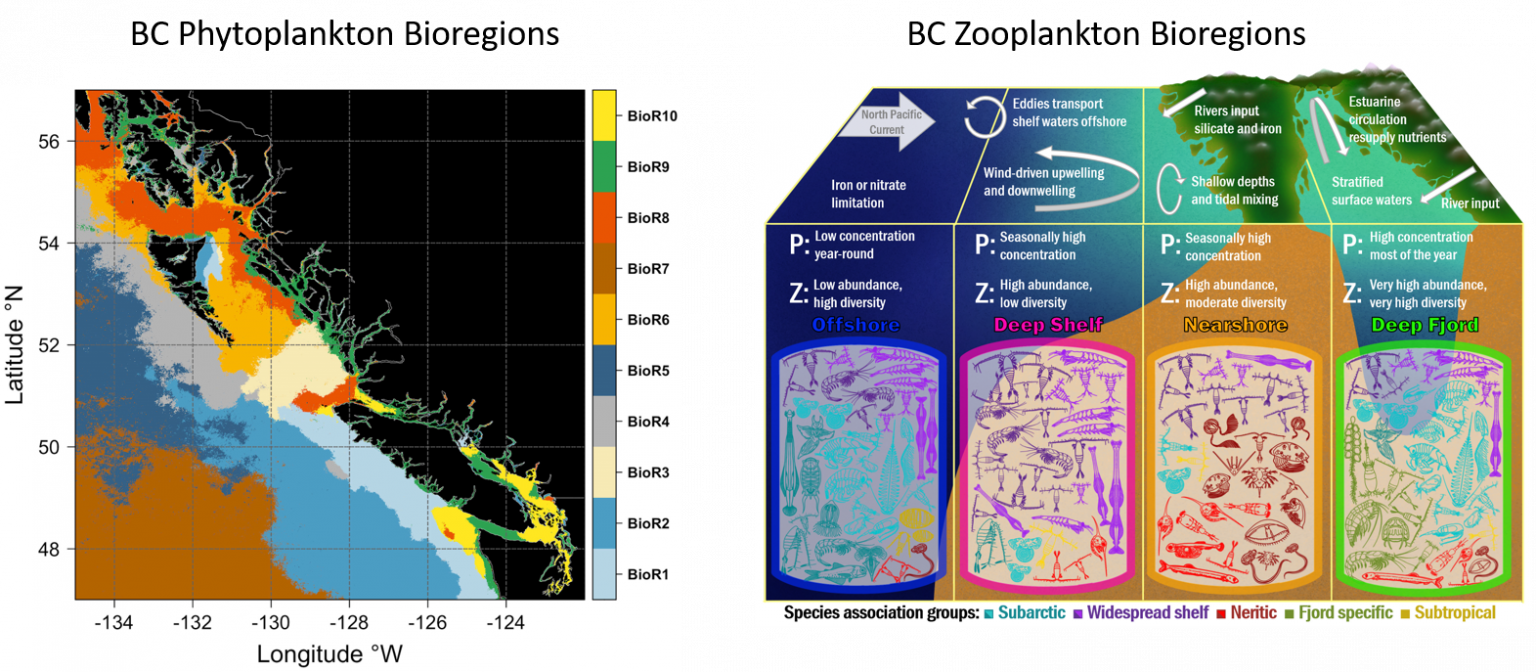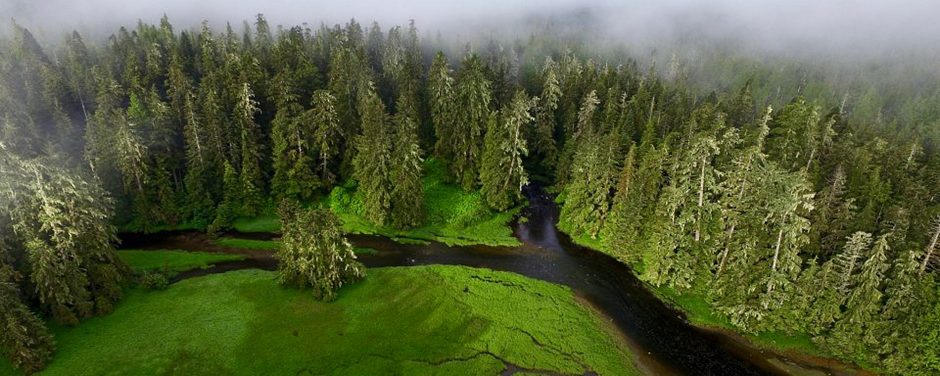Fjord Biodiversity

Fjords are Aquatic Critical Zones because of their disproportionate role in coastal ecosystem processes. British Columbia (BC) has one of the largest tracts of temperate fjord habitats on earth. They are known to be essential habitat for a wide array of invertebrate and fish communities, including ecologically, culturally, and economically important species such as salmon, eulachon, and capelin, and are home to species found nowhere else on the coast. Yet fjord ecosystems are chronically understudied by western science, and they continue to receive limited protection in BC. This concerning given their vulnerability to climate change and other human impacts. This project is using eDNA to provide essential baseline information on fjord fish biodiversity, that will raise awareness of the role of fjords as critical habitats and refugia, and guide conservation needs and strategies, including marine spatial planning. Our effort is focusing on five fjord systems, from south to north: Indian Arm, Átl’ka7tsem Howe Sound, Toba Inlet, Bute Inlet, and Rivers Inlet.
Species distribution data are being made publically available as they are produced.
Collaborators
Hakai Institute
Spatial and temporal dynamics of phytoplankton and zooplankton in complex coastal zones

Coastal oceans are complex environments. This is epitomized by the BC coastal ocean due to its network of coastal fjords and channels, dynamic bathymetry, and strong inputs of water and materials from both the ocean the the land. The Pelagic Ecosystems Lab is using a multi-faceted approach to understand the pelagic ecosystem response to this complex environment. See Marchese et al 2022 for phytoplankton bioregions and Pata et al 2022 for zooplankton bioregions.
Collaborators
Spectral Lab (University of Victoria), Fisheries and Oceans Canada.
Land-Sea Connections on the Coastal Margin

The Pacific Coastal Temperate Rainforest (PCTR) has been characterized as a coastal margin hotspot due to its exceptional freshwater discharge and dissolved and particulate matter flux. Through a combination of physical, chemical and biological processes, these inputs can play a key role in marine ecosystem functioning across a range of spatial scales, from local embayments to the panarctic Riverine Coastal Domain (sensu Carmack et al., 2015). The Plankton Ecosystems laboratory conducts research into:
- The flux of terrestrial Carbon and Nitrogen to the coastal ocean;
- The processing and uptake of terrestrial Carbon and Nitrogen by the marine food web;
- The role of freshwater in coastal ocean hydrodynamics, and its impact on nutrient cycling and phytoplankton productivity.
Collaborators
Hakai Watersheds Observatory, Coastal Rainforest Margins Network.